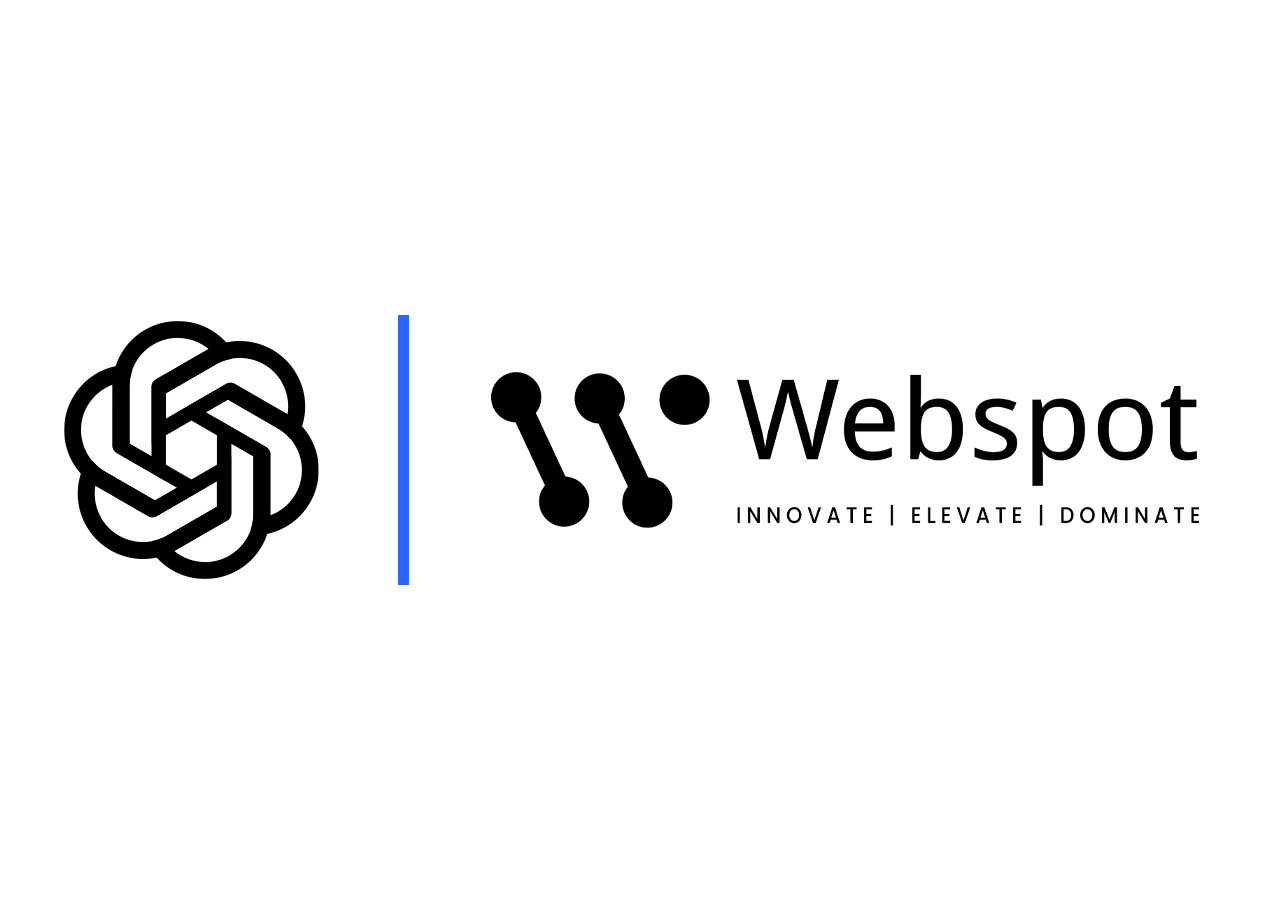Introduction to GPT
What is GPT?
In this article, we will explore the top 10 used cases for GPT, unlocking its full potential and demonstrating how it can revolutionize various industries.
GPT, or Generative Pre-trained Transformer, is a revolutionary artificial intelligence model developed by OpenAI. It excels in understanding and generating human-like text based on vast amounts of data it has been trained on. Its capabilities span various applications, making it a pivotal tool in AI advancements.
Evolution of the models
The journey of GPT models began with GPT-1, which set the stage for subsequent versions. GPT-2 and GPT-3 introduced significant improvements, with GPT-3 standing out due to its 175 billion parameters, allowing it to perform complex language tasks. The big leap came with GPT-4, which significantly outperformed its predecessors in both capabilities and efficiency. GPT-4o, further pushed the boundaries of AI by providing even more refined performance and lower resource consumption, making advanced AI more accessible and practical for a wider range of applications.
Importance of GPT in AI
It has revolutionized the field of artificial intelligence by demonstrating how machines can understand and generate human-like text. Its applications range from content creation and customer service to coding assistance and data analysis. This Bot’s ability to adapt and learn from vast datasets makes it a powerful tool for various industries, driving innovation and efficiency.
Understanding the Basics
Key Features of GPT
GPT’s architecture is based on transformer networks, which enable it to process and generate text with remarkable accuracy. Its key features include language understanding, contextual relevance, and the ability to generate coherent and contextually appropriate responses. These features make it an invaluable asset in natural language processing tasks.
How it Differs from Other AI Models
Unlike traditional AI models that rely on predefined rules, GPT leverages deep learning techniques to understand and generate text. Its ability to learn from large datasets and generate human-like text sets it apart from other models. it’s versatility and adaptability make it suitable for a wide range of applications, from chatbots to content creation.
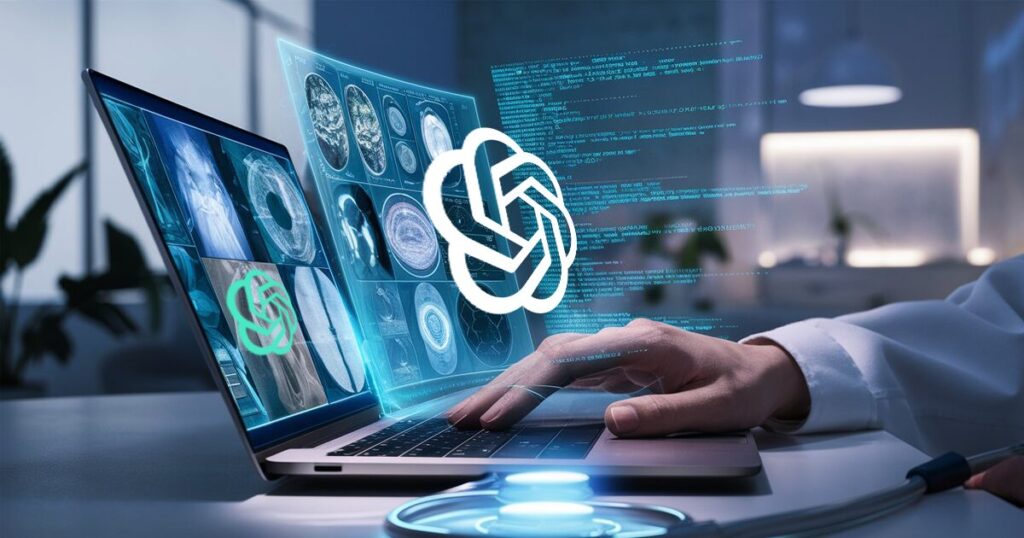
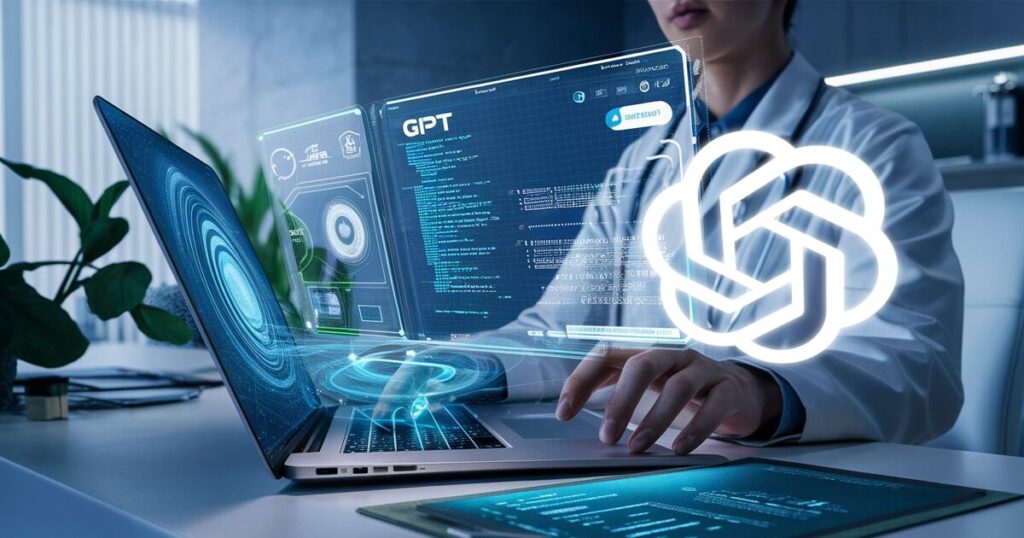
The Hidden Potential
Unlocking GPT’s Full Capabilities
The capabilities extend beyond basic text generation. By fine-tuning and customizing the model, users can unlock its full potential for specific tasks. For instance, this involves training GPT on specialized datasets to enhance its performance in niche areas, such as medical research, legal analysis, or creative writing. Consequently, users can achieve more accurate and relevant results tailored to their specific needs. Furthermore, fine-tuning allows GPT to adapt and excel in diverse applications, making it an invaluable tool for various industries.
While GPT is renowned for text generation, its applications are far-reaching. For example, it can be used for data analysis, language translation, code generation, and even creating artistic content. By exploring these lesser-known applications, users can leverage Generative Pre-trained Transformer to solve complex problems and innovate in various fields. Moreover, understanding and utilizing these diverse capabilities enable users to fully capitalize on GPT’s potential. Additionally, this versatility ensures that GPT remains a valuable tool across multiple industries, fostering continuous innovation and problem-solving.
Fine-Tuning for Specific Tasks
Importance of Fine-Tuning
Fine-tuning GPT involves customizing the model to perform specific tasks more effectively. Specifically, this process enhances GPT’s accuracy and relevance, making it a powerful tool for specialized applications. By fine-tuning, users can, therefore, harness GPT’s capabilities to meet their unique needs. Consequently, this customization allows GPT to deliver more precise and contextually appropriate results. Furthermore, it ensures that the model can adapt to a wide range of applications, from medical diagnostics to creative writing, thereby maximizing its utility and effectiveness.
Steps to Fine-Tuning
Fine-tuning requires a few key steps:
- Data Collection: Gather a dataset relevant to the task.
- Preprocessing: Clean and prepare the data for training.
- Training: Use the dataset to train the model, adjusting parameters as needed.
- Evaluation: Assess the model’s performance and make necessary adjustments.
- Deployment: Implement the fine-tuned model in the desired application.
Numerous success stories highlight the benefits of fine-tuning Generative Pre-trained Transformer. For instance, healthcare providers have used fine-tuned models to analyze medical records and provide diagnostic recommendations. Likewise, legal professionals have leveraged GPT to draft legal documents, thereby saving time and improving accuracy. Moreover, these examples demonstrate the model’s versatility and adaptability across different industries. Consequently, the fine-tuning process allows various sectors to achieve more efficient and accurate outcomes.
Creative Writing
Generative stories and poetry
GPT’s ability to generate coherent and engaging text makes it an excellent tool for creative writing. For example, writers can use the model to generate story ideas, plot twists, and even entire poems. By collaborating with AI, writers can overcome creative blocks and explore new storytelling techniques. Additionally, this partnership between human creativity and AI innovation opens up new possibilities for literary expression. Furthermore, GPT can inspire writers to experiment with different genres and styles, thus enhancing their creative process.
Enhancing Creativity with AI
It can serve as a creative partner, offering suggestions and inspiration for writers. By analyzing existing texts and generating new content, GPT can help writers experiment with different styles, genres, and themes. This collaboration between human creativity and AI innovation can lead to groundbreaking literary works.
Several authors have successfully used it in their creative projects. For example, a novelist might use GPT to generate dialogue for characters, while a poet might use it to create unique rhyming patterns. Moreover, these case studies demonstrate how this bot can enhance the creative process and push the boundaries of traditional writing. Consequently, GPT’s involvement in creative endeavors enables writers to explore new narrative structures and poetic forms. Furthermore, this AI collaboration can lead to innovative literary works that blend human ingenuity with advanced technology.
Data Analysis and Insights
Transforming Data into Insights
Several authors have successfully used it in their creative projects. For example, a novelist might use GPT to generate dialogue for characters, while a poet might use it to create unique rhyming patterns. Moreover, these case studies demonstrate how this bot can enhance the creative process and push the boundaries of traditional writing. Consequently, GPT’s involvement in creative endeavors enables writers to explore new narrative structures and poetic forms. Furthermore, this AI collaboration can lead to innovative literary works that blend human ingenuity with advanced technology. Additionally, the use of GPT in creative writing helps authors overcome writer’s block and find fresh inspiration, ultimately enriching their storytelling and poetic expression.
Automating Data Analysis with GPT
Automating data analysis with GPT can save time and improve accuracy. Specifically, GPT can identify patterns, generate reports, and provide actionable insights, thereby allowing businesses to make informed decisions quickly. Moreover, this automation reduces the need for manual data processing and enhances efficiency.
Real-world applications of GPT in data analysis include market research, financial forecasting, and healthcare analytics. For example, businesses can use GPT to analyze customer feedback and identify emerging trends. Likewise, financial institutions can use it to predict market fluctuations and optimize investment strategies. Consequently, GPT’s data analysis capabilities can lead to more strategic and effective decision-making across various industries.
Enhancing Costumer Service with GPT
AI-Powered Customer Support
GPT’s natural language processing capabilities make it an ideal tool for customer support. By integrating GPT into chatbots and virtual assistants, businesses can provide prompt and accurate responses to customer inquiries. Consequently, this enhances customer satisfaction and reduces the workload on human support agents. Moreover, the use of GPT in customer support ensures consistent and reliable service, which can further improve customer loyalty and trust. Additionally, GPT’s ability to handle a wide range of inquiries allows human agents to focus on more complex and value-added tasks, thus increasing overall efficiency.
GPT in Chatbots and Virtual Assistants
GPT-powered chatbots and virtual assistants can handle a wide range of customer interactions, from answering FAQs to processing transactions. Furthermore, these AI-driven solutions can operate 24/7, providing consistent and reliable support. By leveraging GPT, businesses can, therefore, improve their customer service operations and build stronger customer relationships. Moreover, the ability to provide round-the-clock support ensures that customer inquiries are addressed promptly, enhancing customer satisfaction. Additionally, the use of GPT in customer service allows businesses to scale their support operations efficiently, meeting the growing demands of their customers.
The benefits of using GPT in customer service are manifold. For instance, businesses can reduce operational costs, improve response times, and deliver personalized experiences to customers. Additionally, GPT’s ability to learn from interactions allows it to continually improve its performance, ensuring high-quality support over time. Consequently, companies can achieve greater efficiency and customer satisfaction. Moreover, the scalability of GPT enables businesses to handle increasing volumes of customer inquiries without compromising service quality. Furthermore, the continuous improvement in performance means that GPT can adapt to evolving customer needs and preferences, thereby maintaining a high standard of support.
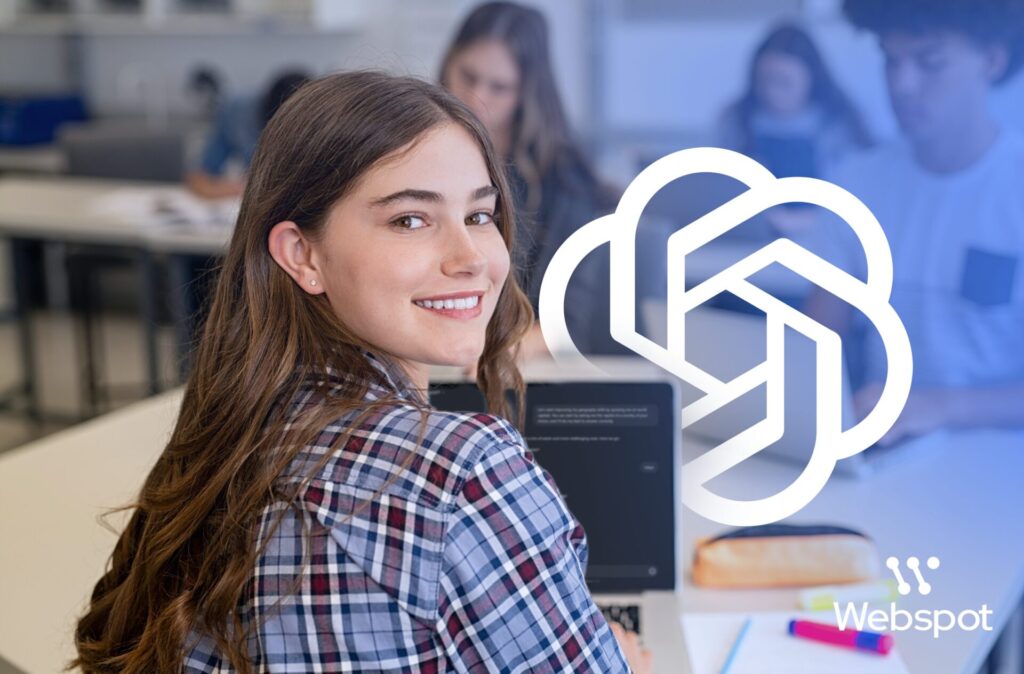
Leveraging GPT in Education
Personalized Learning Experiences
One of the top 10 used cases for GPT, is that it can transform education by offering personalized learning experiences. By analyzing students’ learning patterns and preferences, GPT can provide customized recommendations and resources. This tailored approach enhances student engagement and improves learning outcomes.
GPT as a Teaching Aid
Educators can use GPT as a teaching aid to create interactive lessons, generate quizzes, and provide instant feedback. GPT’s ability to generate diverse content makes it a versatile tool for various subjects and educational levels. This integration of AI in education fosters a more dynamic and effective learning environment.
GPT for Language Translation
Applications in Multilingual Communication
GPT’s translation capabilities can be applied in various fields, including business, education, and tourism. For instance, businesses can use GPT to translate marketing materials, ensuring they reach a global audience. Educational platforms can offer courses in multiple languages, making education accessible to non-native speakers.
Global Examples:
Several global companies have successfully used GPT for language translation. For example, e-commerce platforms can translate product descriptions to cater international customers. These examples demonstrate how GPT can facilitate global communication.
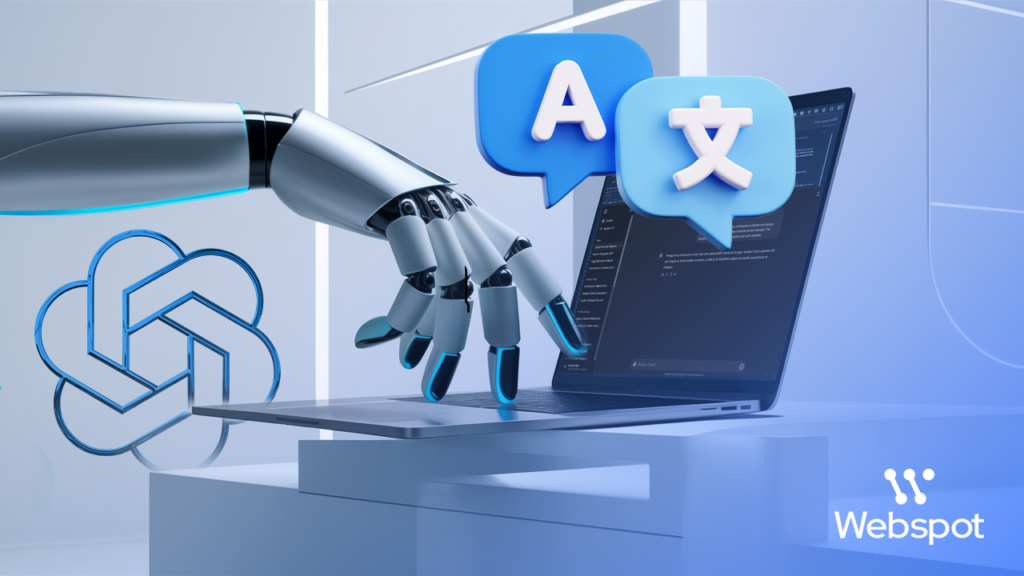
Uses for Medical Diagnoses
Assisting Healthcare Professionals
GPT can assist healthcare professionals by analyzing medical records, generating diagnostic reports, and suggesting potential treatments. Its ability to process and understand medical terminology makes it a valuable tool in healthcare settings.
In real-world healthcare applications, GPT has been used to generate radiology reports, summarize patient histories, and even assist in surgical planning. These applications highlight the transformative potential of GPT in improving healthcare delivery and patient care.
Improving Diagnostic Accuracy
By leveraging vast medical datasets, GPT can identify patterns and correlations that might be missed by human practitioners. This improves diagnostic accuracy and helps in early detection of diseases. GPT’s analytical capabilities can complement the expertise of healthcare professionals, leading to better patient outcomes.
Legal Document Review
GPT can automate legal research by quickly analyzing vast amounts of legal texts, including case law, statutes, and regulations. This automation saves time for legal professionals and ensures they have the most relevant information at their fingertips.
Benefits for Law Firms
Law firms can benefit from GPT’s capabilities by streamlining their document review and drafting processes. This efficiency allows lawyers to focus on more strategic tasks, improving overall productivity and client satisfaction.
Research and Development
Assisting in Scientific Research Papers and Reports
GPT can assist researchers in analyzing data, generating hypotheses, and drafting research papers. Its ability to process and understand complex information makes it a valuable tool in scientific research. By integrating GPT into their workflows, researchers can accelerate their projects and uncover new insights.
It can generate detailed research papers and reports, saving time for researchers. By providing well-structured and accurate content, GPT ensures that research findings are presented clearly and effectively. This capability streamlines the publication process and enhances the dissemination of knowledge.
Innovations in R&D
The use of Generative Pre-trained Transformer in research and development has led to several innovations, such as automated literature reviews and data-driven discoveries. By leveraging it’s capabilities, researchers can explore new avenues of inquiry and drive scientific progress. These innovations demonstrate the transformative potential of GPT in R&D.
Become an AI Expert with WebSpot We offer comprehensive training and support to help you become proficient in AI technologies. Our tailored programs and expert guidance ensure that you can implement AI solutions effectively and efficiently. For any inquiries or to learn more about how we can assist you, click on the link below:
Integrating GPT with Other Techanologies
Combining GPT with IoT
Integrating GPT with the Internet of Things (IoT) can create intelligent systems that respond to natural language commands. This combination enhances the functionality of IoT devices, enabling them to interact with users more intuitively. By merging AI and IoT, businesses can develop smarter and more user-friendly products.
GPT in Augmented and Virtual Reality
GPT can also be integrated with augmented and virtual reality (AR/VR) to create immersive experiences. By generating realistic and contextually appropriate dialogue, GPT can enhance the interactivity of AR/VR applications. This integration opens up new possibilities for entertainment, education, and training.
Future Prospects
The future prospects of integrating GPT with other technologies are vast. From smart homes and autonomous vehicles to advanced healthcare systems, the potential applications are limitless. As AI continues to evolve, the integration of GPT with emerging technologies will drive innovation and improve quality of life.
What makes GPT different from other AI models?
Adding to the top 10 used cases for GPT, it differs from other AI models due to its ability to generate human-like text based on deep learning techniques. Its transformer-based architecture allows it to understand context and produce coherent and relevant responses.
Can GPT be used for multilingual tasks?
GPT can handle sensitive data securely if proper measures are in place. It is essential to implement data encryption, access controls, and regular audits to ensure data privacy and security when using GPT in sensitive applications.
How secure is GPT in handling sensitive data?
Yes, adding to the top 10 used cses for GPT, it can be used for multilingual tasks. By training the model on datasets in different languages, GPT can generate and understand text in multiple languages, making it a versatile tool for global applications.

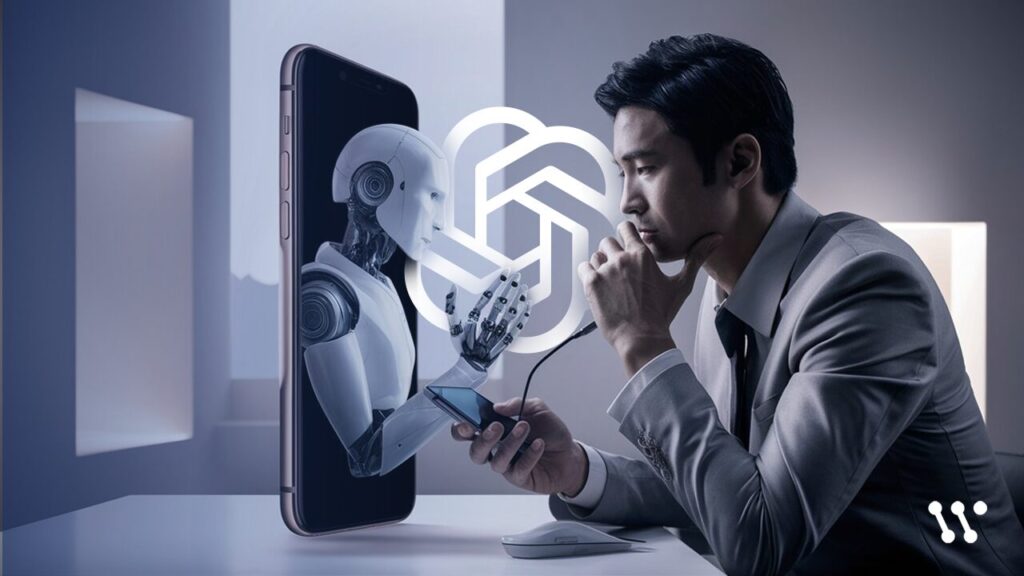
What are the ethical considerations with GPT?
Ethical considerations with GPT using the top 10 used cases for GPT include ensuring fairness, transparency, and accountability. It is crucial to address biases in training data and implement guidelines to prevent misuse. Responsible AI practices are essential to mitigate ethical risks associated with GPT.
What are the future developments in GPT technology?
Future developments in GPT technology include advancements in model architecture, increased scalability, and improved performance. Researchers are also exploring new applications and integrations, driving innovation across various fields, so maybe sooner than expected, we will have more than the top 10 used cases for GPT.
Conclusion
In this article, we explored the top 10 used cases for GPT in 2024 that unlock the hidden potential. From fine-tuning the model for specific tasks to leveraging its capabilities in creative writing, data analysis, customer service, and beyond, GPT offers a wealth of opportunities for innovation and efficiency.
The future of GPT is bright, with ongoing advancements and new applications emerging regularly. As AI technology continues to evolve, GPT will play a crucial role in shaping the future of various industries, driving progress and improving quality of life.
GPT’s versatility and adaptability make it a powerful tool for diverse applications. By understanding and utilizing the top 10 used cases for GPT outlined in this article, users can harness GPT’s full potential and stay ahead in the ever-evolving landscape of artificial intelligence. At WebSpot, we are at the forefront of harnessing GPT technology to deliver cutting-edge solutions for our clients.
